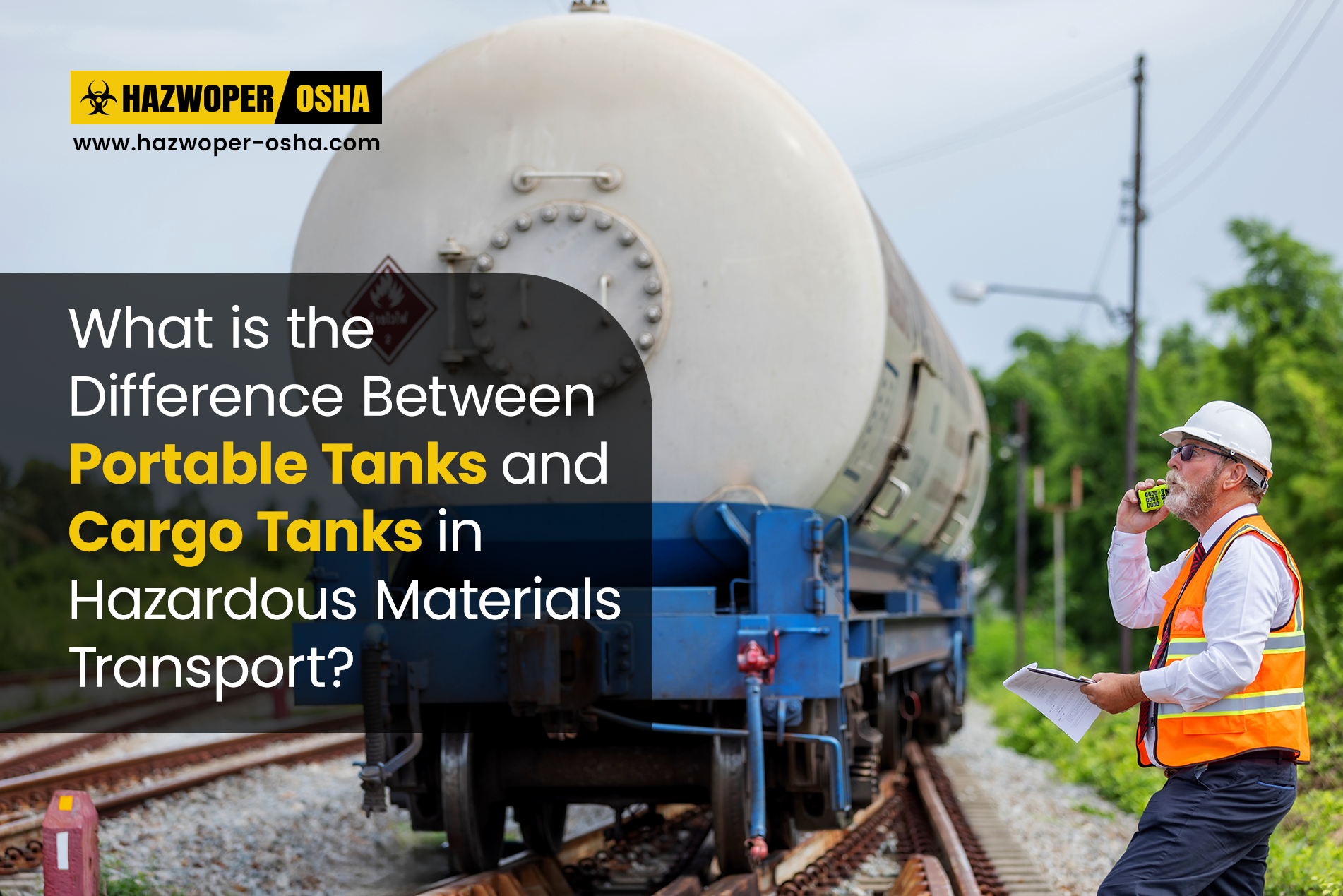Class A Vs. Class B CDL- Which is Better?

Introduction
If you want a career in commercial driving, you are probably deciding whether to go for a Class A or Class B commercial driver's license (CDL). Each of the following licenses is an authorization for a different field in the transportation industry, allowing one to have different job opportunities and drive different types of vehicles. A Class A CDL allows the operation of larger combinations of vehicles, such as tractor-trailers, whereas Class B CDL allows the driving of straight buses and trucks. By thoroughly understanding the distinction between these two licenses, aspiring drivers can choose the type of vehicle they can operate and consider their career trajectories and earnings potential. This article will explain in detail the significant differences between Class A and Class B CDLs to let you determine which one aligns best with your career goals.
What are Class A and Class B CDL?
Commercial Driver's License (CDLs): Each class allows drivers to operate different vehicles, and choosing between these two significantly impacts drivers' career paths. Let's understand what each license means.
What is a Class A CDL?
Class A CDL lets you operate several vehicles with a Gross Vehicles Weight Rating (GVWR) of 26,001 pounds or more, including a trailer with more than 10,000 pounds weight. Class A CDL license is mostly affiliated with larger vehicles, including:
- Truck and Trailer combinations.
- Tractor-trailers (often known as 18-wheelers and big rigs).
- Tanker Vehicles.
- Double and Triple Trailers (with the suitable endorsements)
- Tractor-trailer buses.
- latbed Trucks.
To obtain Class A CDL license, one must get comprehensive training, including classroom instruction and practical and hands-on driving experience. Training for this license includes vehicle maintenance, federal regulations, and safe driving practices. The Class A license skills test is more diligent as it includes driving complex vehicles, making it a challenging certification to acquire.
What is Class B CDL?
Class B CDL allows the operation of a single vehicle with a GVWR of 26,001 pounds or more, but it doesn't enable towing a trailer of more than 10,000 pounds. Class B license allows to operate the following vehicles:
- Buses (Any type of city or school bus)
- Dump Trucks.
- Straight Trucks.
- Segmented buses.
- Box Trucks (Furniture and delivery trucks).
Class B CDL requires a comparatively shorter and less intensive training as compared to Class A CDL. The training for this license includes classroom instruction and behind-the-wheel training. The skill test for this license is more focused on the operation of straight buses and trucks. Thus, this license is a more accessible option for those who want to enter the commercial driving field.
The choice between Class A CDL and Class B CDL is dependent on the career goals of a person and the driving type they want to pursue. While starting your journey in the transportation industry, understanding the differences and advantages between both licenses allows you to make informed decisions.
Critical Differences Between Class A and Class B CDL
Class A and Class B CDL differ on various factors such as:
Vehicle Weight and Type:
- You can operate a combination of vehicles under a Class A license including trucks, tractor-trailers and trailer combinations, flatbeds, etc.
- With a class B CDL you can drive vehicles such as buses, straight trucks, box trucks, dump trucks, and segmented buses However, this license does not allow towing a trailer of more than 10,000 pounds.
Testing and Training Requirements:
- As Class A CDL allows the operation of more complex vehicles, the training requirements for this license are even more extensive. The training for this license type includes classroom instructions and extensive hands-on driving experience. Even the skill test is more stringent due to the complexity of the vehicles involved.
- The training requirements for Class B CDL are generally shorter and less intensive than those for Class A CDL. It mostly consists of classroom training and behind-the-wheel training. The skills test for this license focuses more on the operation of buses and straight trucks.
Job Opportunities and Salary Aptitude
- Class A CDL opens doors to a broader range of job opportunities such as long-haul trucking, that has a higher earning potential.
A Class B CDL license offers employment opportunities in local delivery services, construction-related jobs, and bus driving. These jobs provide more consistent hours but mostly pay less than the Class A positions.
Endorsements and Restrictions
Both Class A and Class B CDLs offer extra endorsement opportunities, including tanker endorsements, passenger endorsements, and HAZMAT endorsements. However, Class C CDL offers endorsements with a broader scope.
- You can obtain A Class C CDL most simply, but you cannot drive Class A or Class B vehicles independently. You must upgrade your first.
Both license types offer their own perks and downsides. A person's choice between the two depends on their career goals, the driving type they prefer, and the lifestyle they want to have. If you prefer to drive large trucks and explore long-distance routes, then go for the Class A CDL. If you want to have a local driving job that focuses on buses or straight trucks, then choose Class B CDL.

Caption: Main differences between the Class A CDL Class B CDL.
Factors to Take in Account While Choosing Between Class A and Class B CDL
When you are deciding between Class A and Class B CDL, keep these factors in mind so that your choice is aligned with your career goals and financial ambitions. The factors include:
Career Goals
Long-term Vs. Short-term Employment:
A Class A CDL provides extensive job opportunities, including long-haul trucking, making it ideal for long-term careers. Class B CDL suits short-term or localized driving opportunities.
Job Market Demand:
Class A CDL drivers are in higher demand comparatively and mostly get jobs with better security and wages. Class B CDL positions are also needed but might have fewer opportunities and lower salary options.
Types of Vehicles Operated
1. Vehicles Complexity:
You can operate larger and complex vehicles such as tractor-trailers. A Class B CDL can only be used to operate single vehicles without towing heavy trailers.
2. Specific Vehicles Preferences:
For driving buses, straight trucks and delivery vehicles go for the Class B CDL. If you prefer driving larger trucks and trailers choose Class A CDL.
Training and Testing Requirements
1. Duration of Training:
Class A CDL training covers practical driving experience with larger vehicles and is more considerable. Class B CDL training is swift and is less diligent.
2. Rigorous Testing:
The skill set for the Class A CDL test is more comprehensive. Those who are confident in their driving skills and are up for a challenging exam should consider the Class A CDL.
Earning Potential
1. Salary Differences:
Class A CDL holders mostly earn better than Class B holders, particularly in long-haul trucking, where an experienced driver earns up to $90,0000. The Class B CDL offers more competitive jobs but mostly pays less.
2. Benefits and Bonuses:
The Class A CDL positions covers additional benefits like retirement plans, health insurance and performance-based bonuses.
Lifestyle Considerations
1. Work Schedule:
Class A CDL jobs may need long hours and continued time away from home. Class B CDL positions mainly offer more foreseeable schedules and allow more home time with family.
2. Work-Life Balance:
For family-oriented individuals, Class B CDL jobs are a better choice as they offer more consistent hours.
Future Opportunities
1. Career Advancement Potential:
Class A CDL license is a gateway to advanced roles such as owner-operated or management positions within the trucking industry.
2. Endorsements:
Endorsements are allowed by both CDL types such as HAZMAT, passengers, for enhancing your qualifications and career trajectory.
Taking all these factors into account, you can decide to choose the CDL that best matches your career goals and lifestyle preferences.
How Are We Helping?
A small mistake while driving a commercial vehicle can lead to significant havoc, especially when dealing with hazardous materials. That is why proper training is non-negotiable. Our CDL Entry Level Driver Training (ELDT) - HAZMAT (H) Endorsement course and CDL Entry Level Driver Training (ELDT) – Passenger (P) Endorsement allow you to get the essential knowledge and skills to safely drive and transport hazardous materials and passengers. No matter where you are in the U.S.A., enroll today as we offer this in online, onsite, virtual instructor-led, and SCORM formats to allow maximum flexibility. Comply with DOT Hazardous Materials Regulations and Federal Motor Carrier Safety Administration guidelines. Get certified today and drive with confidence.
Conclusion
The decision to choose between Class A and Class B CDL is a major step towards your future on the road. Think of all the aspects: your career goals, the type of vehicles you want to drive, the earning potential you want to reach, and the lifestyle you want. No matter if you want a long-haul career with a Class A CDL or want to travel on local routes with a Class B CDL, the right choice will surely open the door for exciting opportunities. Take your time to decide and start steering your career in the right direction today!
References:
Migway, March 27, 2023, What's the Difference Between a Class A and Class B Commercial Driver's License?, https://migway.com/blog/whats-the-difference-between-a-class-a-and-class-b-cdl/
jfwtrucking, 14th September 2022, Class A vs. Class B CDLs: What’s the Difference?, https://jfwtrucking.com/class-a-vs-class-b-cdls/

 EN |
EN |  ES
ES
































































































































